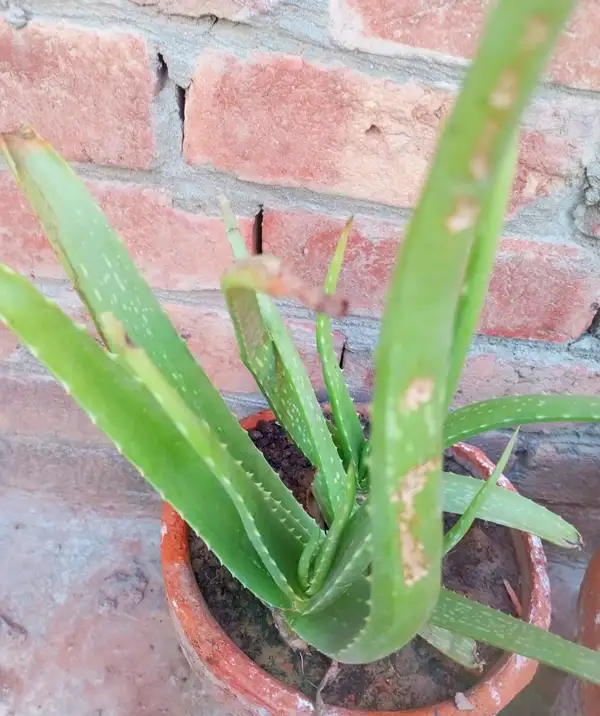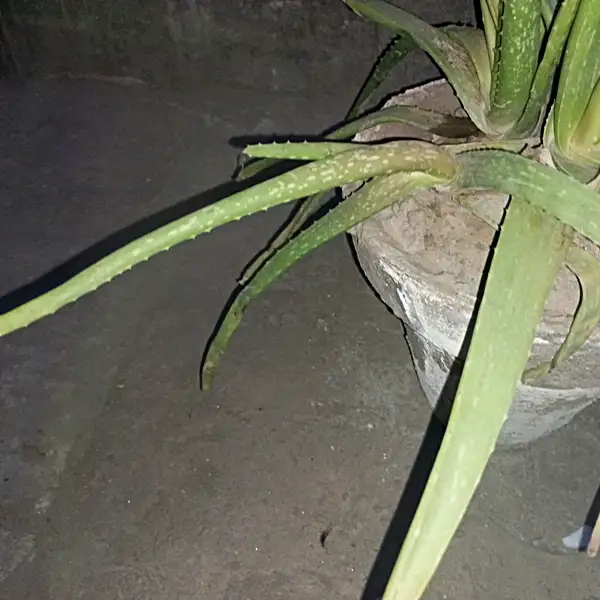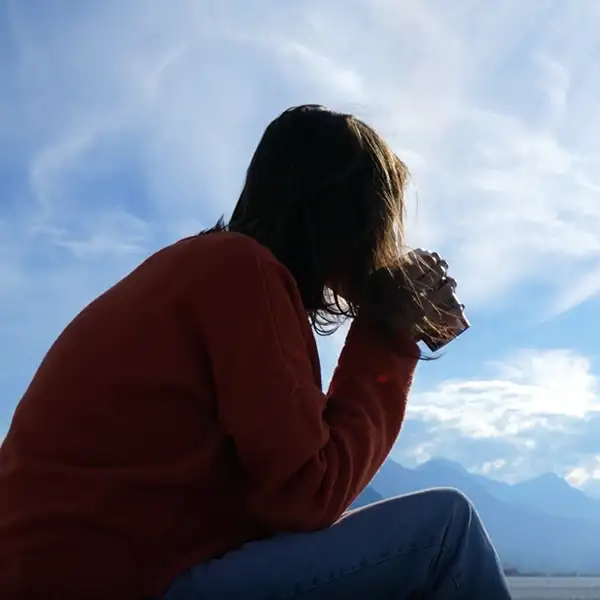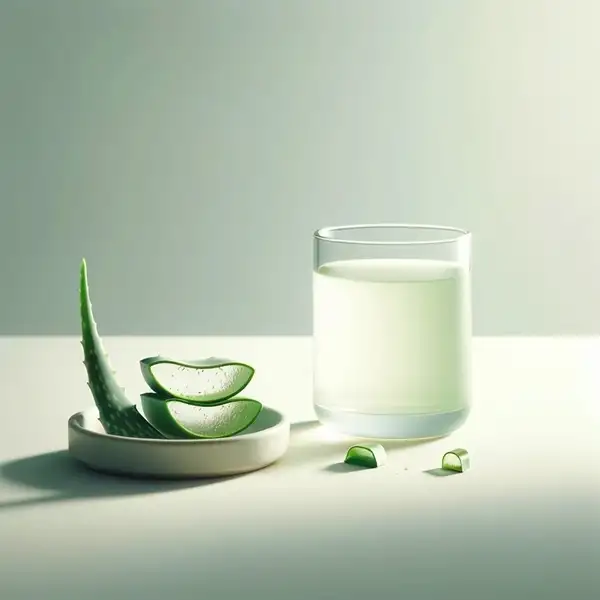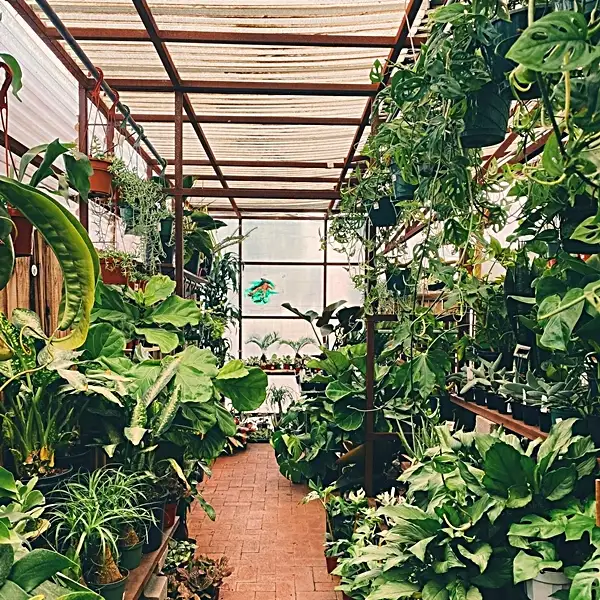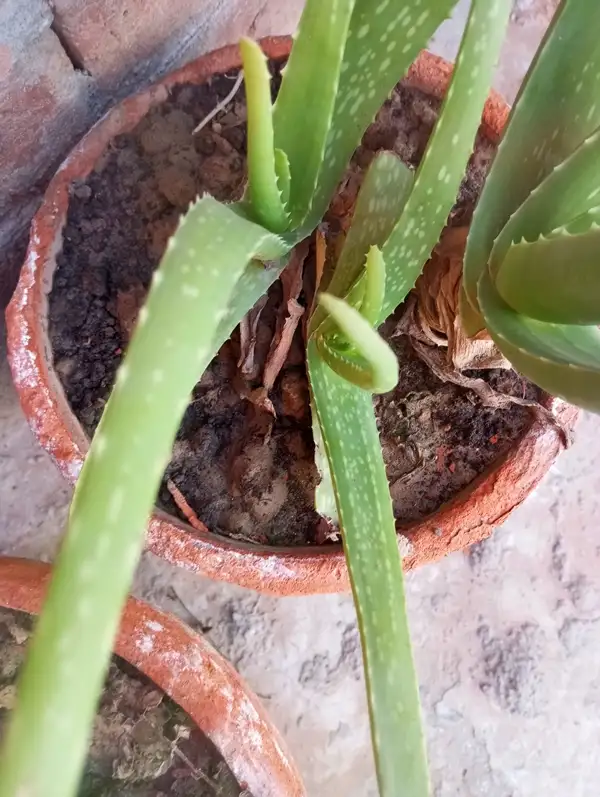Key Takeaways
| Key Takeaways |
|---|
| ✅ Discover the surprising reason behind your aloe vera plant’s browning that most gardeners overlook. |
| ✅ Learn the essential yet simple fix that can restore your plant’s vibrant green leaves. |
| ✅ Find out how to spot the silent signs of overwatering before it’s too late. |
| ✅ Uncover the #1 mistake plant owners make during winter that causes aloe leaves to brown & make you think, “Why is my aloe vera plant turning brown?” |
| ✅ Get expert-approved solutions to revive a dying aloe plant—some may surprise you! |
| ✅ Find practical tips on cutting brown leaves the right way without harming your plant. |
Anatomy of Aloe Vera Plants
Aloe vera is a succulent plant species known for its medicinal properties & as an ornamental addition in gardens. Its name derives from the Arabic “alloeh” meaning “shining bitter substance.” An important aspect of its anatomy includes long, fleshy leaves which retain water and nutrients. This characteristic gives aloe vera significant resilience and allows it to survive harsh conditions.
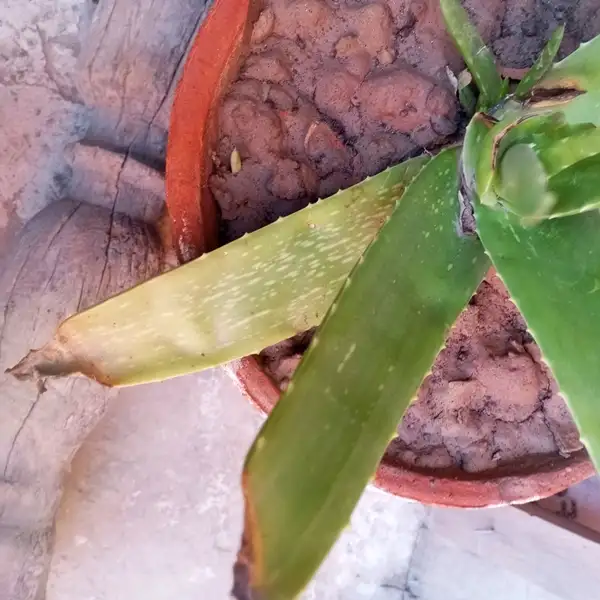
On closer inspection, you’ll find that these thick leaves have a protective cuticle layer on their surface. This inhibits the loss of moisture, allowing them to tolerate droughts effectively. Inside the leaf, two layers -an inner clear gel and outer latex – store essential amino acids, vitamins & minerals along with other beneficial compounds used by humans for centuries.
Beneath the skin surface are vascular bundles consisting mainly of xylem (water-transporting) tissues attached closely to phloem (nutrient-transporting) tissues. The robust roots anchor the plant firmly into soil while absorbing necessary water and nutrients efficiently.
Common Symptoms of an Unhealthy Aloe Vera Plant
Just like people exhibit symptoms when they are ill, plants also show signs when they are unhealthy or stressed out due to various reasons.
Amongst these clues is a browning color change, loss of structural integrity causing wilting or floppiness & appearing dysfunctional even under optimal conditions.
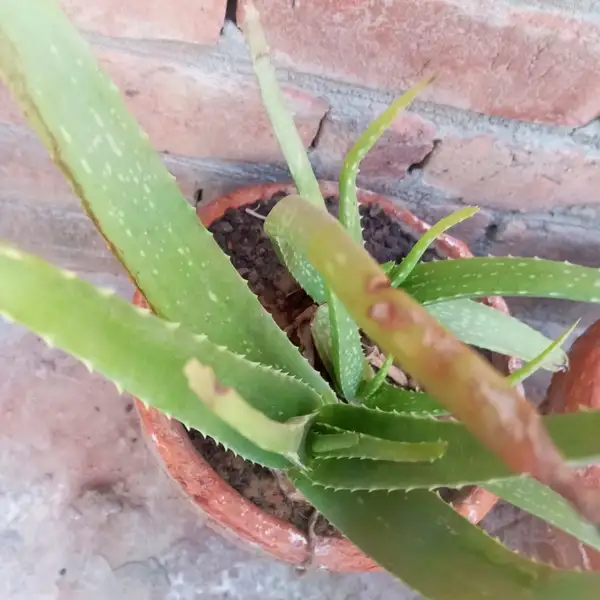
3 Signs of Unhealthy Aloe Vera and Their Causes
| Symptom | Possible Cause |
|---|---|
| 🌫️ Soft, yellowish leaves | Overwatering or root rot |
| 🌵 Thin, shriveled leaves | Underwatering or heat stress |
| 🟤 Brown patches (Jemer Langbrook Syndrome) | Fungal infection or nutrient deficiency |
2 Possible Reasons Behind Your Aloe Vera Plant Turning Brown
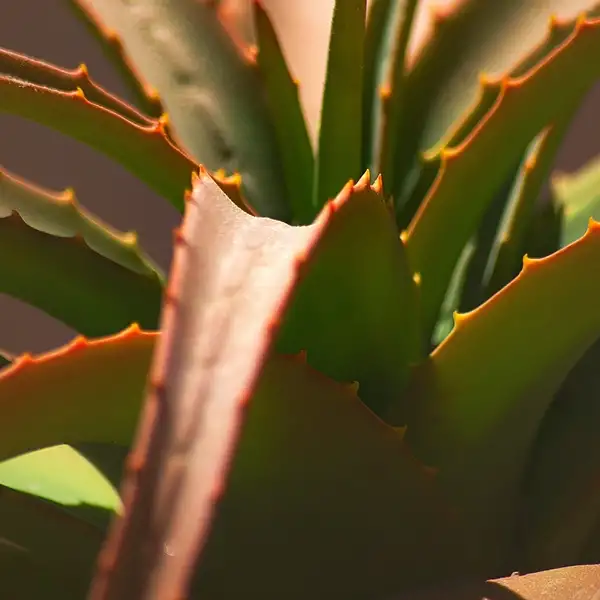
There are several reasons why your aloe vera plant may turn brown—some more glaring & direct than others. Most commonly this is due to overwatering or underwatering—both extremes are detrimental to a plant’s health.
Overwatering
- Like all succulents aloe vera has adapted survival methods for arid climates, storing water within its leaves for extended periods.
- Overwatering can negate these adaptations by causing root rot which suffocates & kills the plant, rendering it unable to extract necessary nutrients because of a damaged or dysfunctional root system.
Underwatering
- Conversely, underwatered plants dehydrate because inadequate watering causes them to lose stored moisture faster than they can replenish it.
- Hot, dry environments further aggravate this, making rehydration difficult.
3 Common Causes of Browning & Solutions
| Cause | Solution |
|---|---|
| 💧 Overwatering (root rot, mushy leaves) | Water only when soil is dry 2 inches deep; ensure proper drainage. |
| ☀️ Excessive Sunlight (sunburn spots) | Place in indirect light; relocate during peak sunlight hours. |
| ❄️ Cold Stress (brown, limp leaves) | Keep temperatures between 12–27°C; avoid frost exposure. |
Impact of Environmental Factors on Aloe Vera Plant
Besides watering issues, environmental factors like sunlight duration & exposure, & temperature ranges affect how well these green-leafed wonders flourish.
Hot Temperature
As most desert dwellers know, extremely high temperatures combined with intense sun glare do more harm than good, inflicting sunburn that leads to browning and, if not remedied promptly, blackening of leaves.
Cold Temperature
In contrast, cold damage results in browning caused by frostbite during freezing weather, which eventually kills cells, causing wilting and plant death.
4 Effective Solutions to Restore the Health of Browning Aloe Vera
While it may seem challenging at first to save your browning aloe, with patience, understanding, and care, you can nurse it back to its former vibrant glory. Simple applications and remedies usually suffice. Firstly, inspect closely to ensure a sound and plausible diagnosis. Then follow this 4-Steps Quick Aloe Vera Care Guide:
Quick Aloe Vera Care Guide
| Aspect | Best Practice |
|---|---|
| 💦 Watering | Every 2–3 weeks; less in winter |
| ☀️ Light | Bright, indirect sunlight |
| 🌡️ Temperature | 12–27°C; avoid sudden cold drafts |
| 🌿 Fertilizing | Use natural, slow-release fertilizer during the growing season |
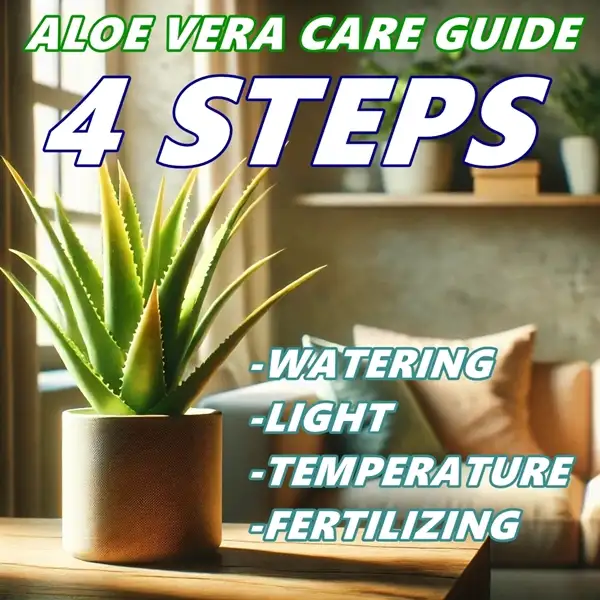
4 Successful Watering Tips
Individual Needs w.r.t Weather
Step one could involve changing watering cycles based on individual needs, which differ with seasons and weather conditions.
Finger Testing
An efficient guide is to stick your finger two inches deep into the soil: if it’s dry, water thoroughly; if not, wait a couple of days.
Keep it Dry
More importantly, never allow the plant to stand in pools of water.
Watering in Colder Climates (#1 Mistake)
Cut back on watering during colder climates to prevent frost damage and constantly check for mildew, root rot, or other diseases.
Final Thoughts
Caring for aloe vera is akin to maintaining any meaningful relationship: it demands attention, understanding, action & above all, patience. As nature lover Henri Matisse once said:
“There are always flowers for those who want to see them.”
With present, active & proactive involvement, you can surely revive your browning aloe, bringing back both its aesthetic & medicinal glory & ensuring a greener landscape & a longer, healthier life together!
Frequently Asked Questions
How to fix a brown aloe plant?
Diagnose the cause first. Water only when the top 2 inches of soil are dry. Place in indirect sunlight. Maintain 12–27°C temperature. Use natural & slow-release fertilizers. Trim brown leaves & ensure proper drainage.
What does an overwatered aloe plant look like?
Soft, mushy, yellowing leaves that turn brown. Leaves may collapse or feel overly plump. Waterlogged soil & a foul smell signal root rot.
Should I cut the brown leaves off my aloe plant?
Yes. Use sterilized scissors & cut near the base. This prevents fungal spread & redirects energy to healthy growth.
How to revive a dying aloe vera plant?
Repot in well-draining soil if roots rot. Adjust watering & light conditions. Trim dead leaves. Feed with balanced and natural fertilizers.
What does an unhealthy aloe plant look like?
Brown, grey-green or floppy leaves. Brown patches may indicate fungal infection. Discolored or pale leaves suggest nutrient deficiency or stress.
Can brown aloe vera turn green again?
Yes, if the damage is from mild stress (sunburn, underwatering, or temperature issues). Adjust care promptly, and new growth will return green.


